Travel trailers offer the perfect combination of mobility and creature comforts, enabling adventures off the beaten path. However, when temperatures plummet, the functionality of your travel trailer’s septic system may become compromised. A frozen septic tank can lead to messy complications, potentially ruining your getaway. In this article, we will explore effective strategies to unfreeze a septic tank in a travel trailer, arming you with the knowledge necessary to tackle any freezing issue head-on.
Understanding the Septic System in Your Travel Trailer
Before delving into the unfreezing process, it is essential to grasp how a septic system functions in a travel trailer.
Components of a Travel Trailer Septic System
- Black Water Tank: This is where the waste from the toilet is stored. It usually holds solid waste and toilet paper.
- Grey Water Tank: This tank collects wastewater from sinks, showers, and other sources.
- Drainage System: A network of pipes connects the tanks to the outside environment or to the RV’s drainage system.
- Ventilation System: Vents allow gases to escape from the tanks, maintaining pressure balance.

How Freezing Occurs
When temperatures drop below freezing, the fluids in these tanks and pipes can freeze, restricting flow and causing potential damage. The risk is heightened when:
- The trailer is parked for extended periods in frigid conditions.
- Insulation is inadequate.
- There is insufficient heating equipment.
Recognizing the causes of freezing is crucial for prevention and resolution.
Signs Your Septic Tank is Frozen
Symptoms to Watch For
- Slow Drainage: Noticeable delays when emptying the tanks or slow flow through fixtures.
- Backflow: Wastewater appearing in sinks or toilet areas due to blockage.
- Unpleasant Odors: Foul smells may emerge when the system is compromised.
- Frozen Connections: Visible frost or ice on pipes leading to and from the septic tanks.
Recognizing these warning signs will allow for timely action, preventing further complications.

Steps to Unfreeze a Septic Tank in a Travel Trailer
Here’s a structured approach to safely resolving the issue.
1. Assess the Situation
Before taking any action, evaluate your septic system comprehensively.
- Inspect the Tanks: Check the black and grey water tanks for any warnings or irregularities.
- Examine the Pipes: Look for ice accumulation in exposed or uninsulated pipes.
2. Prepare the Necessary Tools and Equipment
Gather essential tools to assist with the unfreezing process:
- Space Heaters: To provide warmth to the affected areas.
- Heat Tape: Electrical tape can be wrapped around pipes to keep them warm.
- Thawing Mats: Specialized mats can circulate heat to frozen sections.
- Hot Water: To flush through the system safely (do not use boiling water).
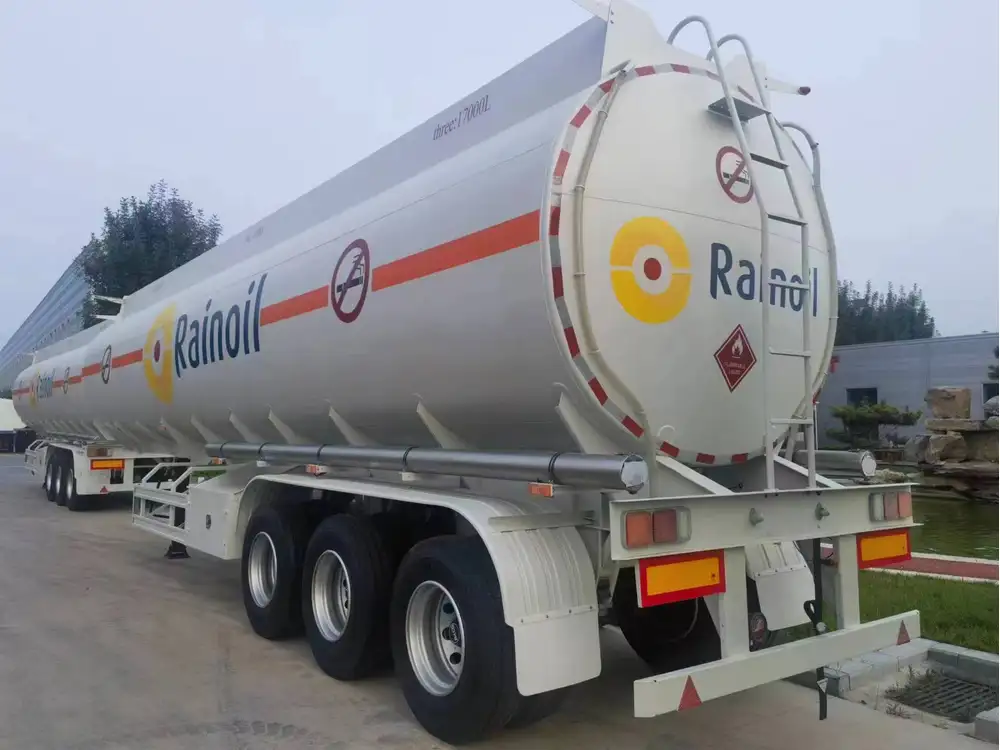
3. Warm Up the Area
Begin by increasing the ambient temperature:
Using Space Heaters
- Position space heaters near the tanks and plumbing but ensure they are safe from flammable items.
- Set on low to moderate to avoid overheating elements.
Utilizing Heat Tape
- If pipes are exposed, carefully wrap them with heat tape following the manufacturer’s instructions.
- Ensure the tape is plugged in and monitored, adjusting as necessary.
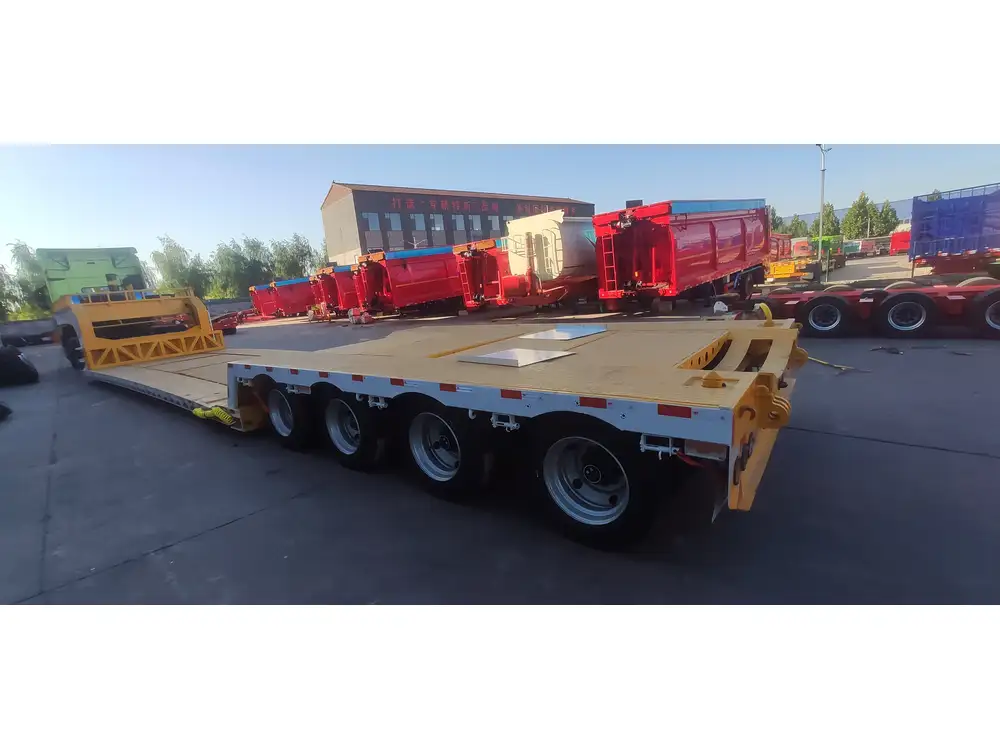
4. Apply Hot Water
Once you have increased the temperature:
- Flush with Warm Water: Slowly pour warm but not boiling water down the drain. This action may help thaw any ice within the pipes. Pouring hot water too quickly can cause thermal shock, leading to cracks.
- Monitor the Water Levels: Keep an eye on tank levels. A sudden rise may indicate unfreezing, but be prepared for potential backflow.
5. Utilize Thawing Mats (if available)
- Place thawing mats along frozen pipes or around the tanks for extended exposure to mild heat.
- Monitor closely; these mats are designed for consistent warmth but should not overheat.
6. Test for Flow
After applying these initial heating methods, check for progress:
- Flush the System: Gently flush the toilet and run water through sinks to gauge drainage.
- Inspect for Backflow: Ensure no water is returning through the drain or toilet.
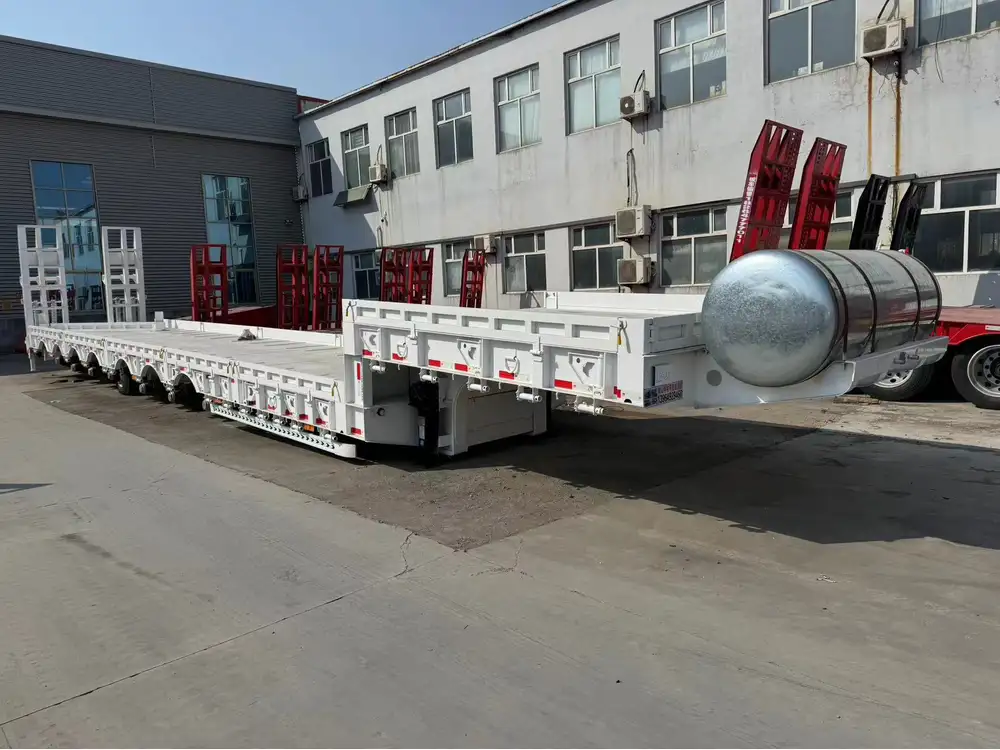
7. Continuous Maintenance
To prevent future freezing:
- Insulate Pipes: Use foam insulation or tubular wrapping on exposed pipes.
- Heat Tracing: Implement heat trace cables for pipes that are prone to freezing.
- Keep Tanks Warm: If stationary, consider insulating the immediate area around your tanks with heat lamps or portable heaters.
Preventive Measures for Freezing Issues
Taking proactive steps is vital to avoid the inconvenience of a frozen septic tank in the future.
Best Practices
- Regular Maintenance: Monitor the system before and during trips. Regular checks can help identify potential problems early.
- Proper Usage: Limit the usage of the tanks during extreme cold. Minimize the amount of fluid added, especially if parked for long periods.
- Winterize Your System: Follow winterization guidelines, including draining the tanks and adding antifreeze specifically designed for RV use.
- Choose Parking Locations Wisely: Avoid exposed areas and instead seek campsites with natural wind blockers or shelter.
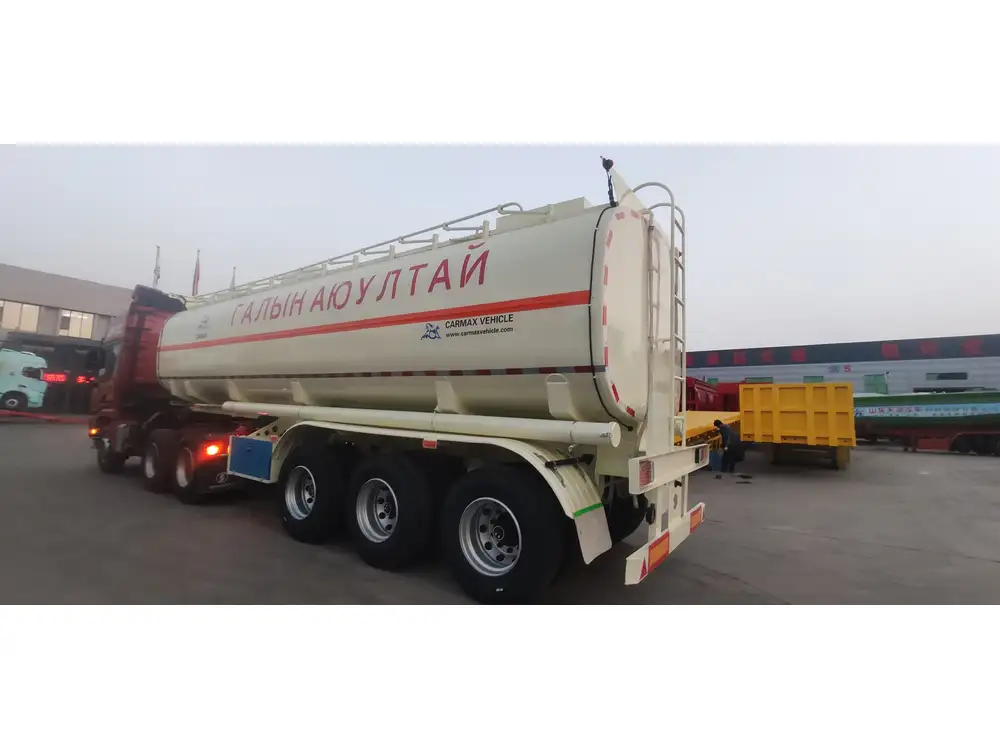
Suggested Products for Prevention
| Product | Function | Recommendation |
|---|---|---|
| Heat Tape | Keeps pipes warm | Use on all exposed pipes |
| Insulation Blankets | Adds an extra layer of protection | Cover tanks during cold months |
| Thawing Mats | Provides gentle warmth | Ideal for prolonged cold exposure situations |
| RV Antifreeze | Prevents freezing and solid waste build-up | Use in tanks during winterization |
Troubleshooting Common Issues
In rare instances, you may encounter significant challenges despite your efforts. Below are common complications and steps to resolve them.
Backflow Issues
If backflow occurs, even after thawing:
- Immediate Drainage: Disconnect and drain the tanks if necessary to reset flow. Use RV waste disposal sites to empty tanks responsibly.
- Inspect for Blockages: Check the lines for ice accumulation or debris that may be causing continued blockages.
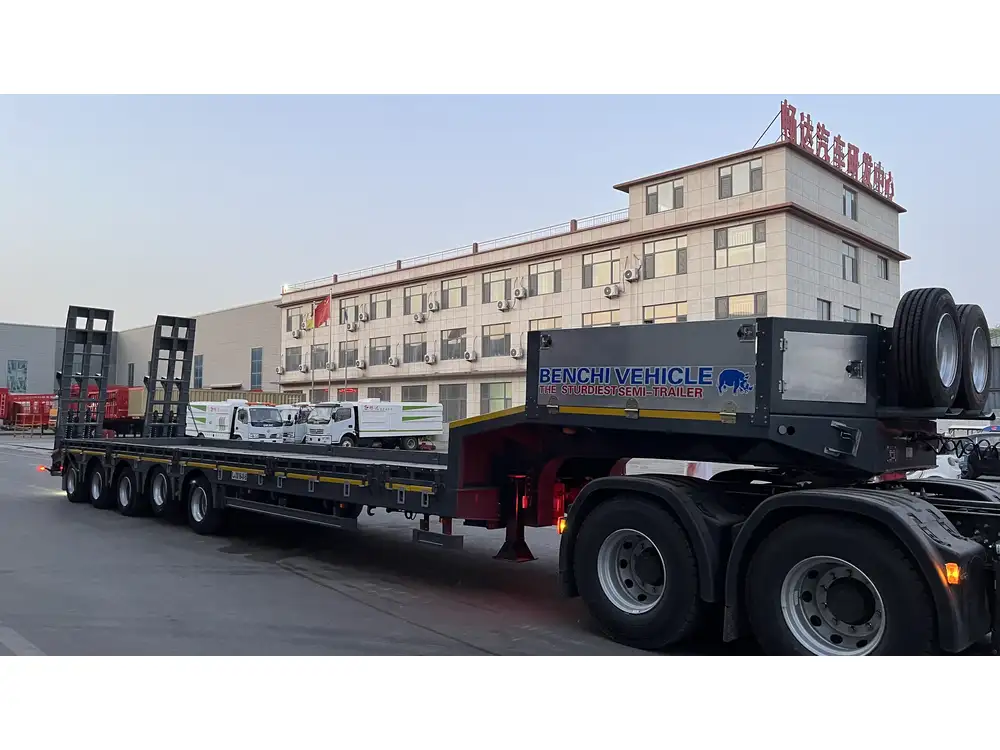
Persistent Freezing
Should freezing issues persist:
- Professional Consultation: It may be beneficial to consult a professional who specializes in RV plumbing. Persistent freezing might indicate underlying system defects or inadequate heating setups.
Damaged Tanks or Pipes
In the unfortunate event of damage during your unfreezing efforts:
- Evaluate Damage: Assess whether repairs or replacements are feasible.
- Consult a Repair Specialist: Seek professional help to mitigate further risks and restore proper function.
Conclusion
Unfreezing a septic tank in a travel trailer, while challenging, is entirely manageable with the right knowledge and techniques. By understanding the components and functioning of your septic system, you can take appropriate action to resolve freezing issues efficiently. Emphasizing preventive measures will offer peace of mind, ensuring that your travel experiences remain uninterrupted, and allowing you to focus on enjoying your adventures. Remember: preparation is key to ensuring that your mobility stays frictionless, even in the frostiest conditions.



